 Honda’s new CR-Z promises to change the perception enthusiasts have about hybrids being slow and dull cars
Honda’s new CR-Z promises to change the perception enthusiasts have about hybrids being slow and dull cars
Words: Saeed Akhtar
Honda bills its new CR-Z as ‘the world’s first sporty hybrid’, which would make it an ideal indicator of the shape of things to come. Now, sporty and hybrid are not two words that we normally hear in the same breath. So does the CR-Z really qualify for the tag of being the first of its species? Let’s take a closer look.
The CR-Z is the spiritual successor to the second generation Honda CR-X. It is a two-door, 2+2 coupé built on a very heavily made-over Insight platform with 115mm chopped from the wheelbase to get the length down to just over four metres and 25mm added to the track. The engine is a 1497cc, 16 valve VTEC petrol motor pinched from the US market Jazz, offered for the first time in Europe. It comes fitted with Honda’s IMA integrated motor assist hybrid system, in which an electric motor sits between the engine and the gearbox and helps out when there’s enough charge in the nickel metal-hydride batteries housed under the boot. The petrol engine alone makes 115PS at 6100rpm and 145Nm at 4800rpm, but the total system output from both motors is 126PS and 174Nm between just 1000 and 1500rpm. The claimed emission figures of 20kmpl and 117g/km are laudable, but outclassed by some conventionally powered, eco-tweaked hatches such as the Golf Bluemotion and even Honda’s own Insight.
Inside, there are three driving modes on offer: Eco, Normal and Sport, which can be selected with switches on the pods behind the wheel. The expansive instrument console comes with all the accoutrements and information overload that have become a part and parcel of most hybrids. The ring around the rev counter glows in different colours according to which driving mode you’re in and how ‘responsibly’ you are driving. There are gauges for current and average consumption and another to tell you if the motor is charging or assisting, tiny plants that either grow and flower or wither and die according to your driving style. There’s also a change up indicator because this hybrid comes with a first in its segment six-speed manual gearbox that adds credibility to its sporty leanings.
Norio Tomobe, project leader for the CR-Z, believes that the hybrid element will make it a sports car without guilt. Whether the majority of the car buying public agrees with him or begs to differ remains to be seen. The car went on sale in Japan last Feb, joining its two hybrid siblings already on sale, the Insight and the Civic Hybrid. As this issue goes into print, the hybrid will be on sale in Europe and North America.
IT’S NOT JUST A REBODIED INSIGHT, YOU KNOW:
THE HONDA CR-Z’S impressive handling is due in part to its low centre of gravity. At just 1198kg its mass is on a par with a Mini’s, but Honda’s team of engineers have worked hard to concentrate it low down in the car. Mounting the large nickel metal-hydride battery pack low under the boot was the easy bit. Eschewing the Insight’s 1.3-litre engine for a more powerful 1.5, and then redesigning the new engine’s ancillaries so it could sit as low in the chassis as possible shows impressive attention to detail, particularly given that the CR-Z is expected to be a relatively low volume model.
As well as being the first hybrid to get a six-speed manual gearbox it’s also the first IMA equipped engine since the original Insight in 1999 to have a four valve cylinder head. At lower engine speeds, one intake valve per cylinder is deactivated – effectively making it a 12 valve head in such circumstances – giving greater swirl in the combustion chamber and improved fuel efficiency.
As well as being the first hybrid to get a six-speed manual gearbox it’s also the first IMA equipped engine since the original Insight in 1999 to have a four valve cylinder head. At lower engine speeds, one intake valve per cylinder is deactivated – effectively making it a 12 valve head in such circumstances – giving greater swirl in the combustion chamber and improved fuel efficiency.










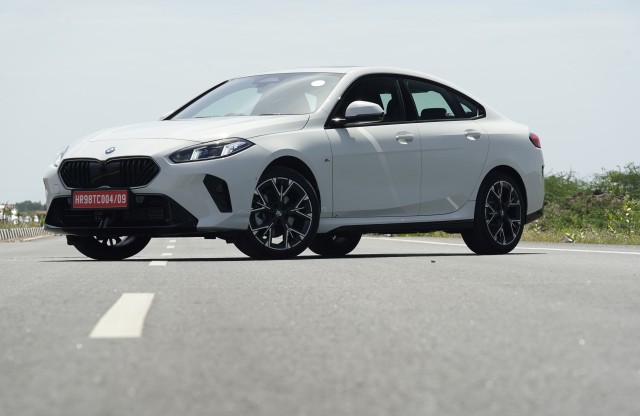
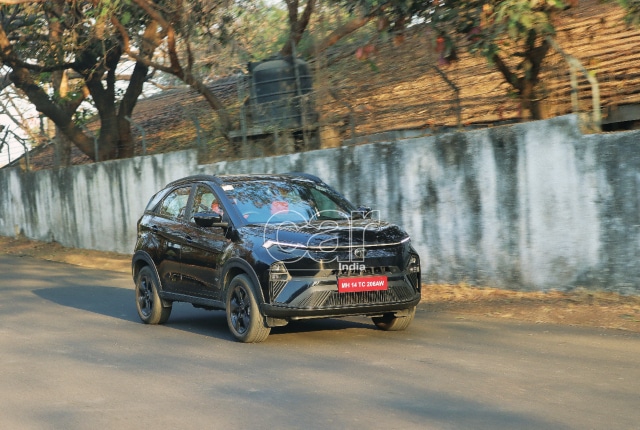

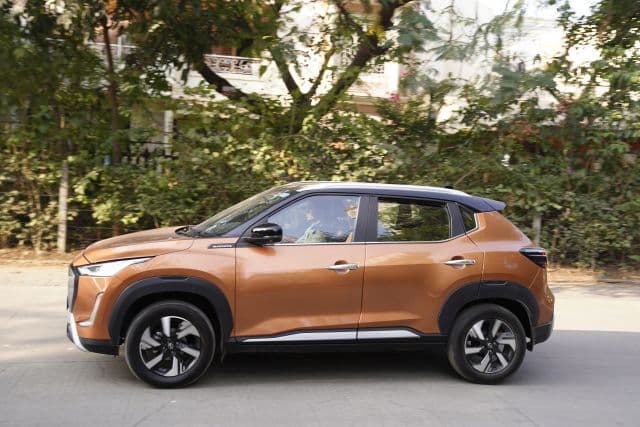
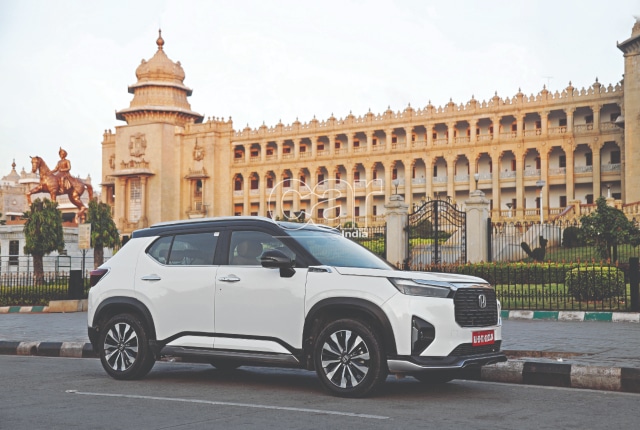
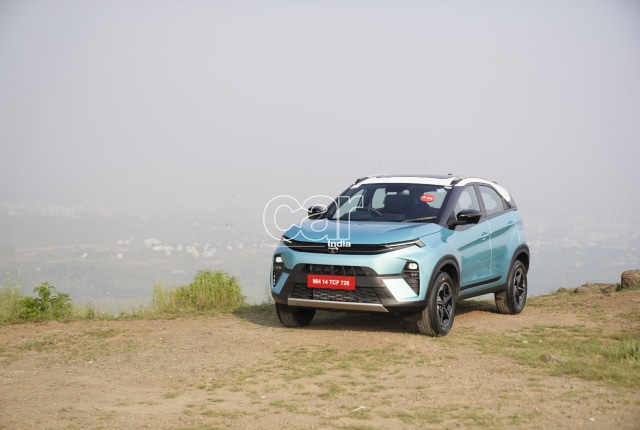
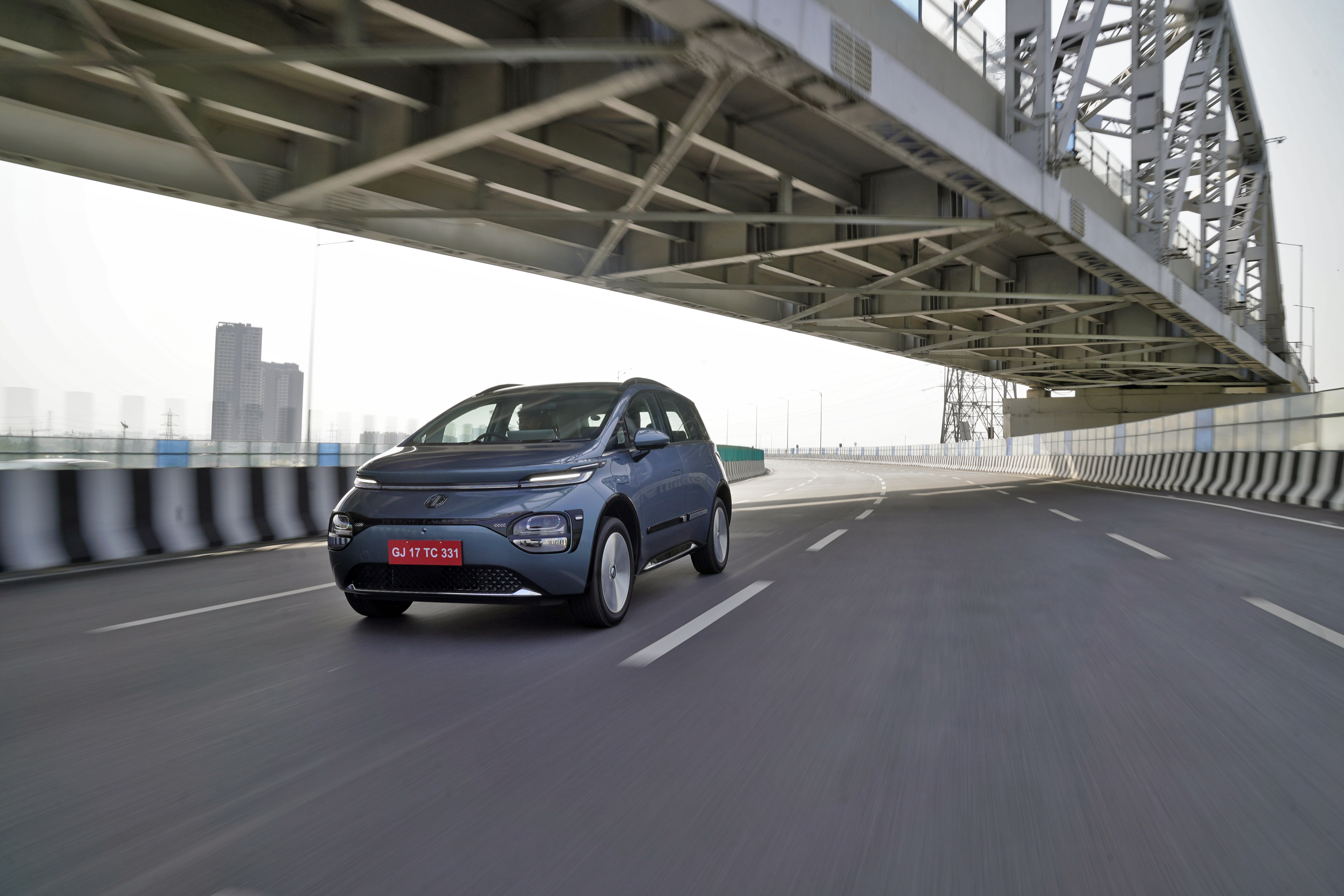
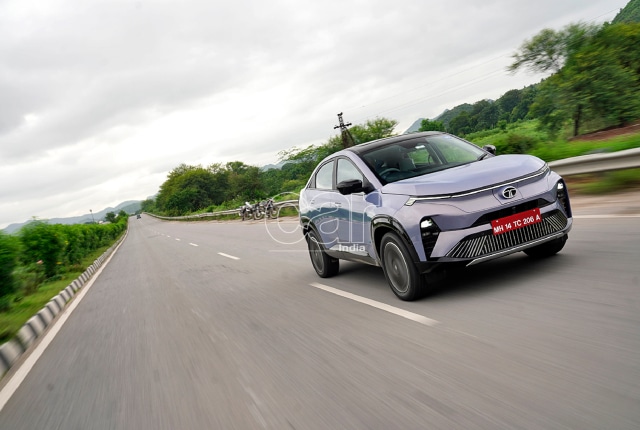
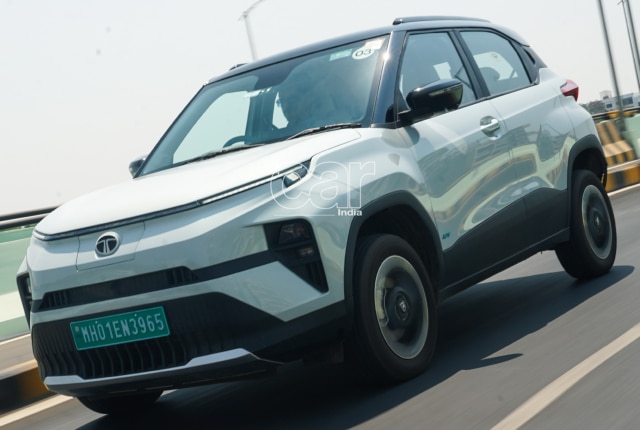




Leave a Reply